
Marriages between a person with albinism and someone without it (a black-skinned person) could be one way to reduce the birth rate of children with albinism, as explained by the Executive Director of OIPPA-Rwanda (Organisation for Integration and Promotion of People with Albinism), Dr. Nicodème Hakizimana.

Dr. Hakizimana, who has albinism, explains that people with this condition are more vulnerable to climate change impacts. He states that having fewer people with albinism in society could help them achieve rapid development.
Dr. Hakizimana notes that he cannot spend more than 15 minutes under the sun because it burns his skin due to a lack of melanocytes, which produce melanin. Melanin is the pigment responsible for dark skin, hair, and eyes, which helps protect against sunlight.
He said:“I feel like someone burned. On the second day, wounds appear on my face, followed by scars, which is new skin replacing the damaged one. If I go back under the sun, the new skin burns, and another layer forms. When this happens repeatedly, the skin stops regenerating, and cancerous wounds develop that don’t heal.”
“We are among the people at high risk from climate change because the sun burns us to the point where we bleed, and this can lead to death. It also drives us into extreme poverty because the time spent caring for children with albinism is significant compared to those without disabilities, who use that time to work”He added
The eye of a black-skinned person naturally adjusts to light, but the eye of a person with albinism lacks this ability. As a result, they often shield their face with their hand or wear dark sunglasses to reduce light exposure.
How can you avoid giving birth to a child with albinism?
A parent carrying a recessive gene (a) that causes albinism, along with a dominant gene (A) that does not, will have dark skin because the dominant gene (A) overpowers the recessive one (a). However, they might unknowingly pass on the albinism gene if they pair with someone with a similar genetic makeup.
Every individual has two genes that determine whether they can pass on albinism:
- (AA): No risk of causing albinism.
- (Aa): One dominant gene and one recessive gene, meaning they don’t have albinism but can pass it on.
- (aa): Both genes are recessive, resulting in visible albinism.
If both parents have albinism (aa), all their children will have albinism (aa) because each contributes a recessive gene (a). However, if one parent is (AA) and the other (aa), none of their children will have albinism (all will be Aa).
In cases where both parents are carriers (Aa), though they don’t have albinism themselves, they can have a child with albinism (aa) if both pass on the recessive gene (a). They could also have children without albinism depending on the genetic combination.
Dr. Hakizimana points out that sometimes parents carry the gene for albinism without knowing it, and there is no way to prevent passing on this gene.
He also highlights another challenge in Rwanda and Africa in general that there are no laboratories equipped to test for albinism genes on the continent.
However, he emphasizes that people with albinism genes are very rare. According to the Fifth National Population Census conducted by the National Institute of Statistics of Rwanda (NISR) in 2022, there were 1,860 people with albinism in Rwanda out of over 13 million residents (though this figure only includes those aged five and above).
Dr. Hakizimana reminds that white-skinned individuals (Caucasians) do not have albinism; their skin color is natural, though they may also include individuals with albinism, as is the case in animals.
Caucasians generally have lower melanin levels compared to black-skinned individuals, which makes their skin more vulnerable to sun damage. They often use sunscreen to protect their skin from the sun.
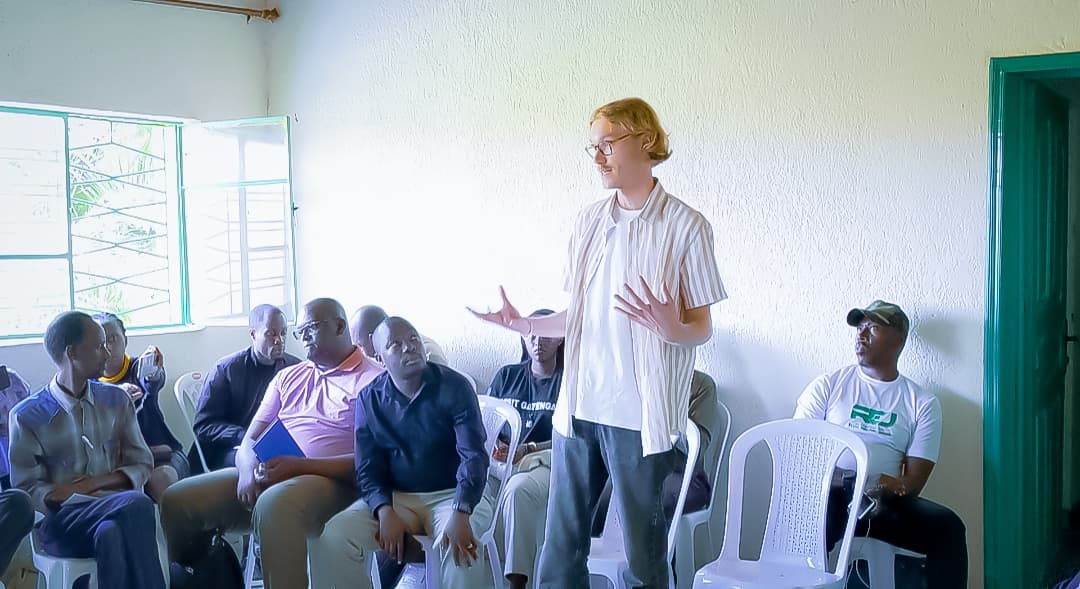
Advocating for better support for people with albinism
Dr. Hakizimana calls for advocacy to ensure health centers regularly stock sun cream to protect the skin of people with albinism. Currently, these products are imported and stored at the national medical supplies warehouse, where access is limited.
Irène Bagahirwa, the Head of the Disability Division at Rwanda Biomedical Center (RBC), explains that sun cream for people with albinism is available. However, some individuals don’t find it at health centers because they fail to register in advance, which is necessary for the centers to place an order. She encourages them to participate in the process.

Daddy Sadiki Rubangura, the Excutive Director of the Rwanda Environmental Journalists Network (REJ), adds that people with albinism are particularly affected by climate change. He calls on the media to shed light on their challenges and the impacts of climate change on their lives.



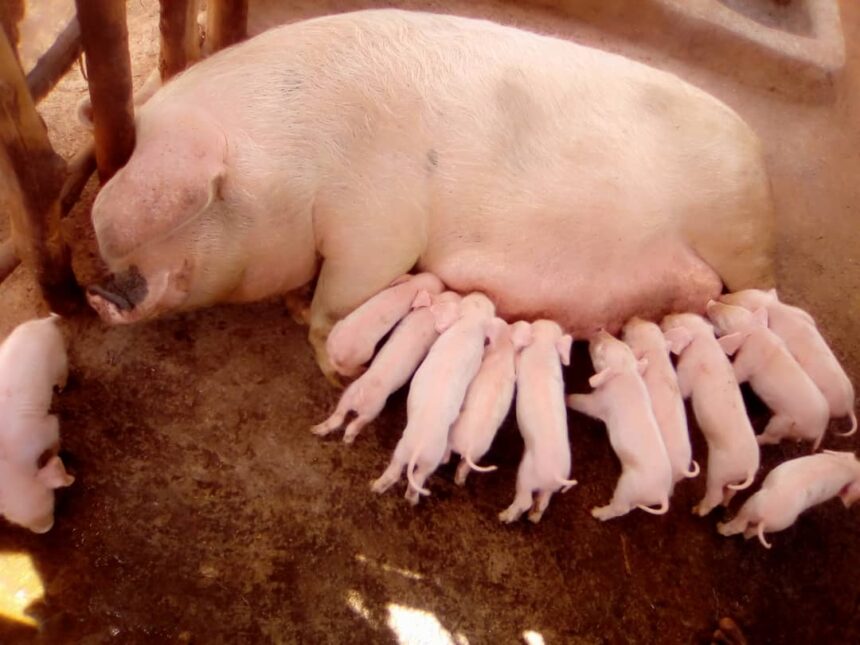


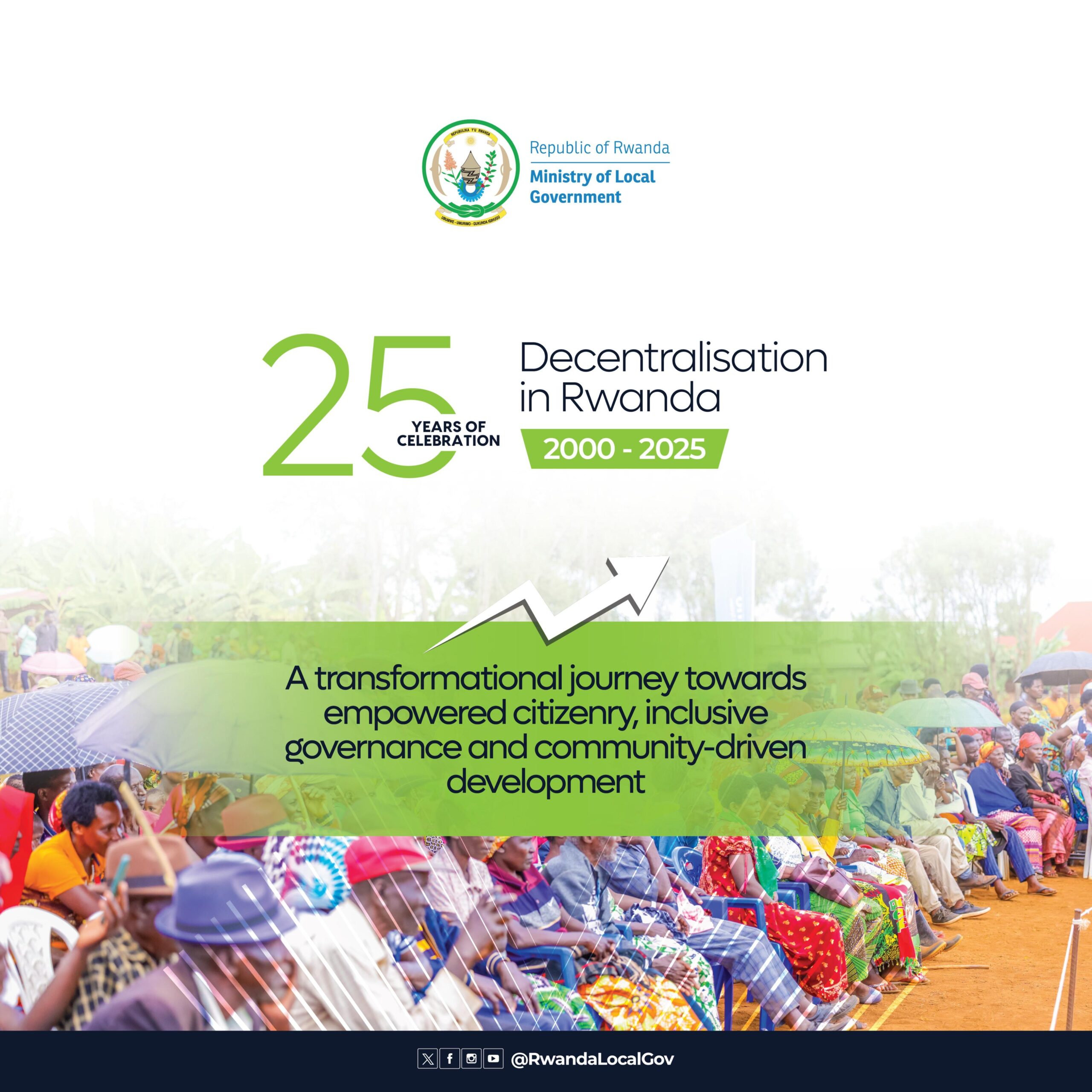
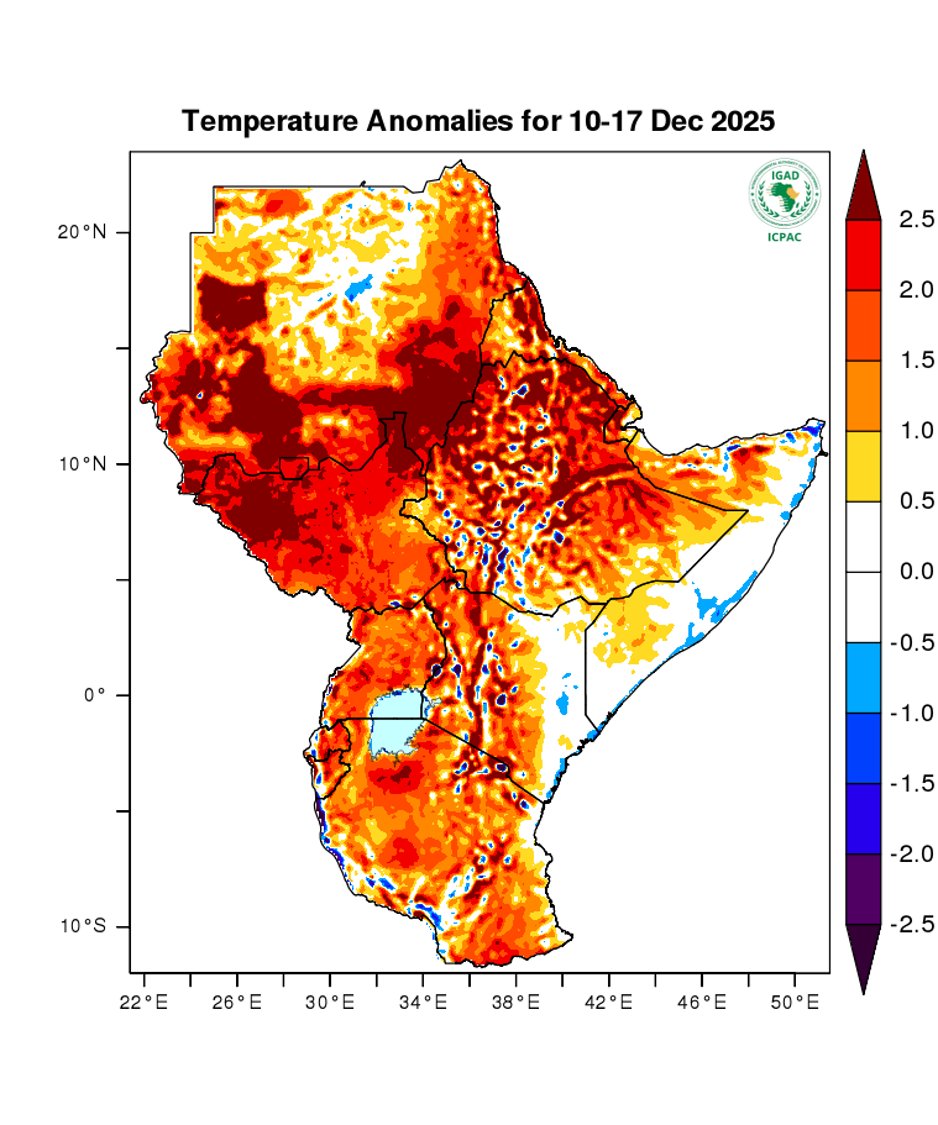
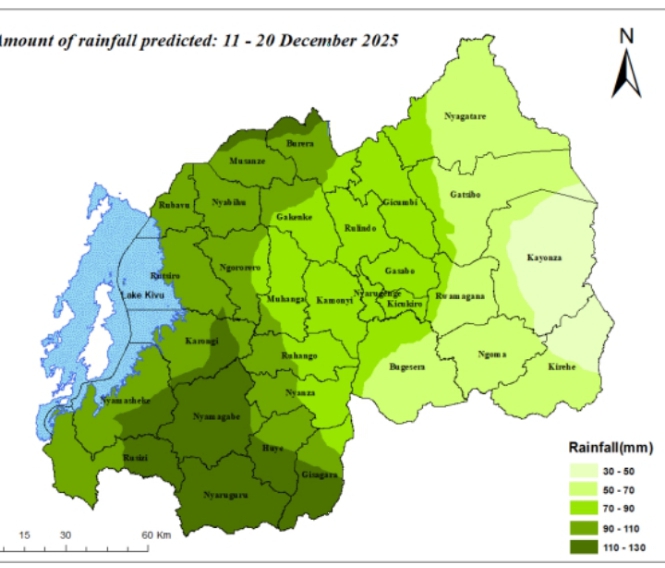
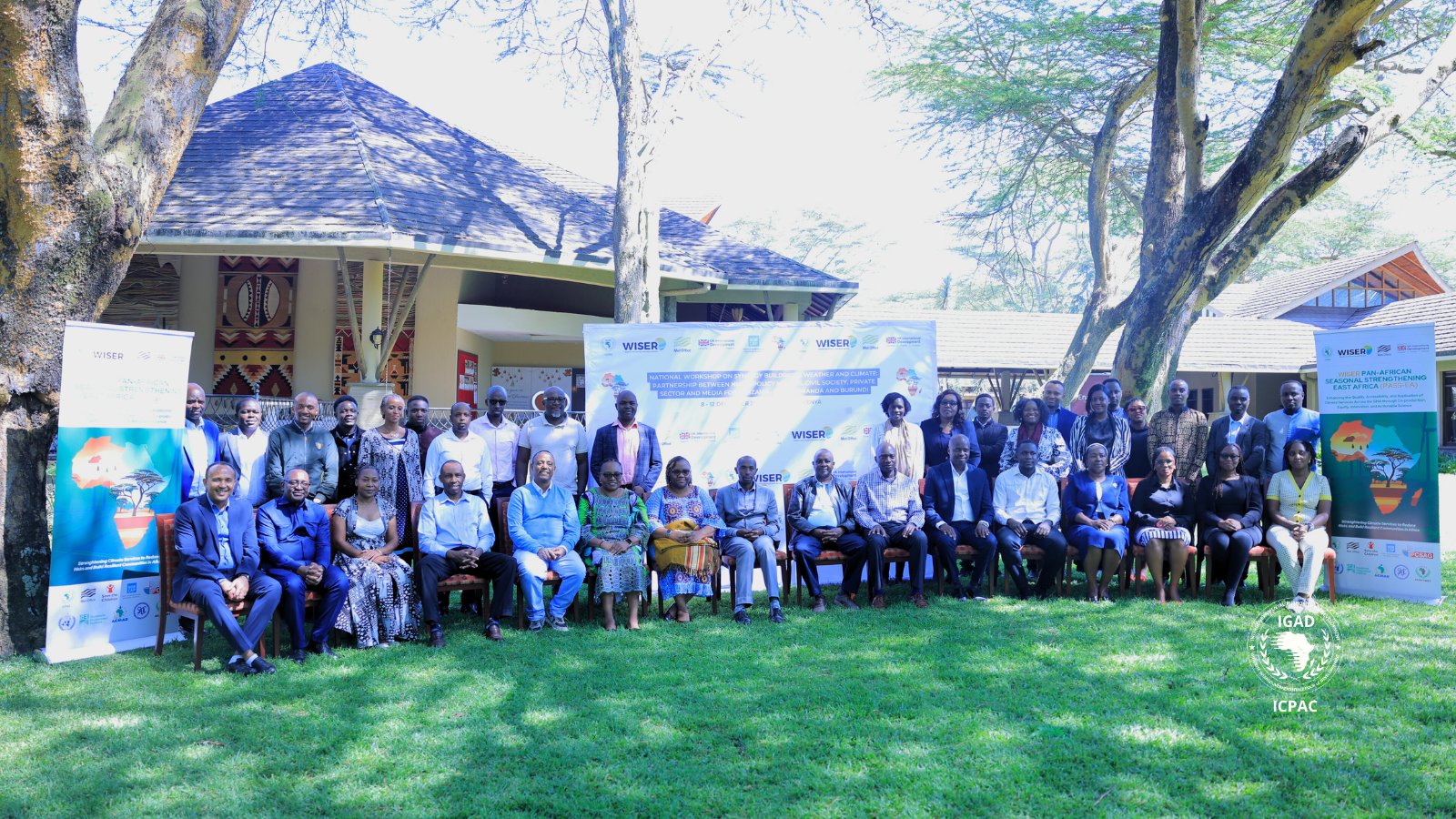
Families with albinos in Rwanda give testimonials to REJ